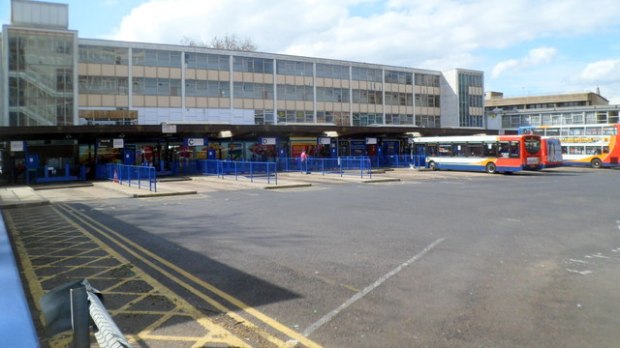Lenten Campaign 2025
This content is free of charge, as are all our articles.
Support us with a donation that is tax-deductible and enable us to continue to reach millions of readers.
Archaeologists are set to begin digging under an old Gloucester, England bus station for what they believe are the remains of a 13th-century Carmelite monastery.
Whitefriars monastery was founded in 1268, and demolished in the 16th century during Henry VIII’s systematic usurpation and destruction of the property of the Catholic Church.
Gloucester City Council archaeologist Andrew Armstrong told the BBC that Whitefriars was “one of the most important archaeological sites” outside Gloucester’s old city walls.
“Archaeologists in the 1970s found what might have been part of the Carmelite chapel in Market Parade adjacent to the site, and historic maps tell us the remains of Whitefriars ought to be under this site,” he said.
“They’re living outside the walls of the city because they’re trying to live apart from the sinful nature of everyday life.”
Whitefriars, also known as The College of Carmelites, housed 31 friars in 1337.
The archaeological dig is made possible by a redevelopment project in the Kings Quarter section of Gloucester. In addition to the Carmelite friary, archaeologists hope to discover parts of the original Roman city of Glevum and possible medieval and Saxon settlements, according to a report in Business & Innovation Magazine.
“We are required to research sites before any major new developments take place, so we know exactly what archaeology is there. We will then work to ensure that archaeological remains are preserved beneath the new buildings,” Armstrong told B&I Magazine.

